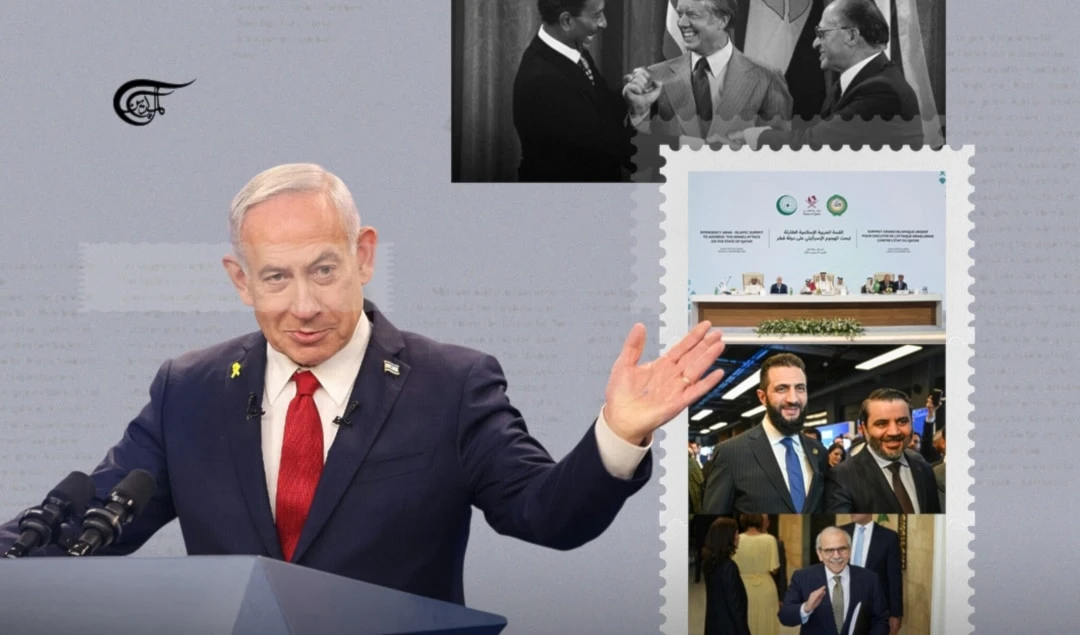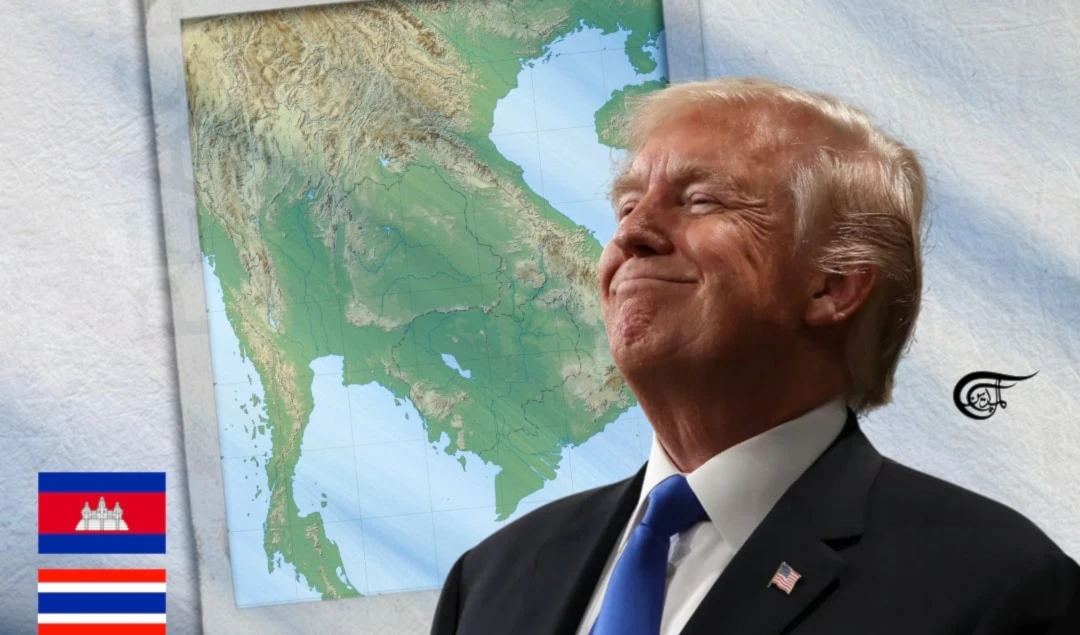Why Nasrallah’s ironclad resolve and undivided sacrifices live on
Sayyed Hassan Nasrallah was a visionary leader and warrior who epitomized Hezbollah’s resistance, driving Israeli forces from Lebanon, defending Palestinian rights, and inspiring future generations.
-

Sayyed Nasrallah was a leader who didn’t search for examples but led by one himself(Illustrated by Ali Al-Hadi Chmeis to Al Mayadeen English)
Martyred Lebanese resistance leader Sayyed Hassan Nasrallah was an icon and warrior in equal measure. He was an icon for positioning Hezbollah as one of the most potent resistance forces in the region, driven by a resolve to back Lebanon’s sovereignty, and resist every inch of foreign aggression – chiefly from the Israeli occupation. How that vision came through is a testament to the personal warrior built into his DNA. Nasrallah was a man of considerable sacrifices, a fact that resonated with his followers and admirers throughout the decades. Now as scores of supporters reach Beirut ahead of his burial and memorial service, what constituted the core of Nasrallah’s character and resolve deserves undivided attention.
Let’s begin with his enduring vision for principled resistance. This was evident on many fronts, including his success in driving out Israeli forces from southern Lebanon in 2000. The action made it clear to his people that an 18-year old occupation was destined to capitulate. One of the hallmarks of Nasrallah’s leadership was his ability to extend this freedom mission elsewhere in the face of occupation massacres. This includes Lebanon’s pro-Gaza front, which made critical contributions to Palestinian liberties amid Israel’s raging genocide. Nasrallah vowed to never cease. External plots to drive a wedge between the Lebanese and Gaza resistance fronts were met with defiance under his watch. This shows a multi-vector approach to resistance causes – a trait that prevailed not just for years, but for entire decades.
Nasrallah was a leader who didn’t search for examples but led by one himself. His son, Hadi, was martyred in fighting with Israeli occupation forces (IOF) in 1997, but Nasrallah continued to manifest that sense of selflessness in the decades that followed. The broader objective to uphold the principles of the Lebanese resistance gained paramount importance as enemy forces plotted to weaken Lebanon. Nasrallah should be remembered for his mastery of Israeli weaknesses, including so-called impenetrable defenses and battleground prowess. That intelligence continued to strengthen fighter determination and further consolidate top ranks within Hezbollah.
Today, that brand of selflessness endures, even after Nasrallah embraced martyrdom. It shows in the resolve of his successor, Sheikh Naim Qassem, who warned the Israeli occupation to relinquish its footprint in southern Lebanon at all costs. Hezbollah refuses to lift the spotlight from the resistance’s pro-Gaza front, come what may.
Nasrallah’s inspiration for scores of future generation fighters remains amply evident as well. Look to his traction across the Arab world when the Lebanese resistance staged a triumph in the 2006 war, contributing to the occupation’s humiliation and giving people’s rights and liberties paramount importance. Hezbollah provided solid evidence that the Israelis was not the propped-up dominant force that it claimed. This fact became evident in Nasrallah-directed retaliation against occupation assets in the north, staunch defense of the Lebanese people, and strategic military operations spanning months. Courtesy of Nasrallah’s leadership vision, the occupation continues to fret resistance advances and has come to terms with the fact that it cannot afford prolonged belligerence against Lebanon. Today, Nasrallah’s martyrdom appears to have a ripple effect on scores of supporters and followers that flock Beirut – keen to see through the burial of a leader that galvanized and empowered in equal measure.
One of the enduring legacies of Nasrallah was his ability to forecast opposition weaknesses, a testament to the intelligence that graced Hezbollah. For instance, the martyred leader was quick to point out the Israeli occupation’s historic mistake in Syria, and how continued occupation belligerence was a recipe for direct confrontation. That strategic mindset helped defy enemy plots to undermine Lebanon’s sovereignty. It showed in Nasrallah’s speeches, which made headlines across the world, positioning the Lebanese people, the blood of fellow Palestinians, and the cries of martyrs at the center of discourse. The aftermath of the deadly pagers and walkie-talkies massacres is a proof point: Nasrallah demonstrated sensitivity towards the families of martyrs, and upheld national unity in the face of Israeli belligerence.
This matters because genuine leaders close ranks in times of turmoil and despair. They also point to opportunities for victims and the oppressed to embrace justice. Nasrallah’s ability to examine enemy risks beforehand and lead by example through personal and professional sacrifices delivers on all fronts. “In the name of the martyrs, the wounded and those who lost their eyes along with their families,” the Lebanese support front will remain unwavering until the aggression against Gaza stops, affirmed Nasrallah late last year.
As his burial takes its course amid scores of admirers and well-wishers, his leadership has exposed Israeli lies on so-called preemptive strikes, or the capitulation of Lebanon. The key characteristics and principles that went into the making of Lebanon’s iconic resistance leader now resonate with future generations on home soil.
Thus understood, Nasrallah wasn’t just an iconic individual with a lion’s heart to brave adversity: he represented an entire movement for the defense of Lebanon, for the pains of Palestinians, and those oppressed by an illegal occupation now weakened at its core.

 Hannan Hussain
Hannan Hussain
 5 Min Read
5 Min Read












